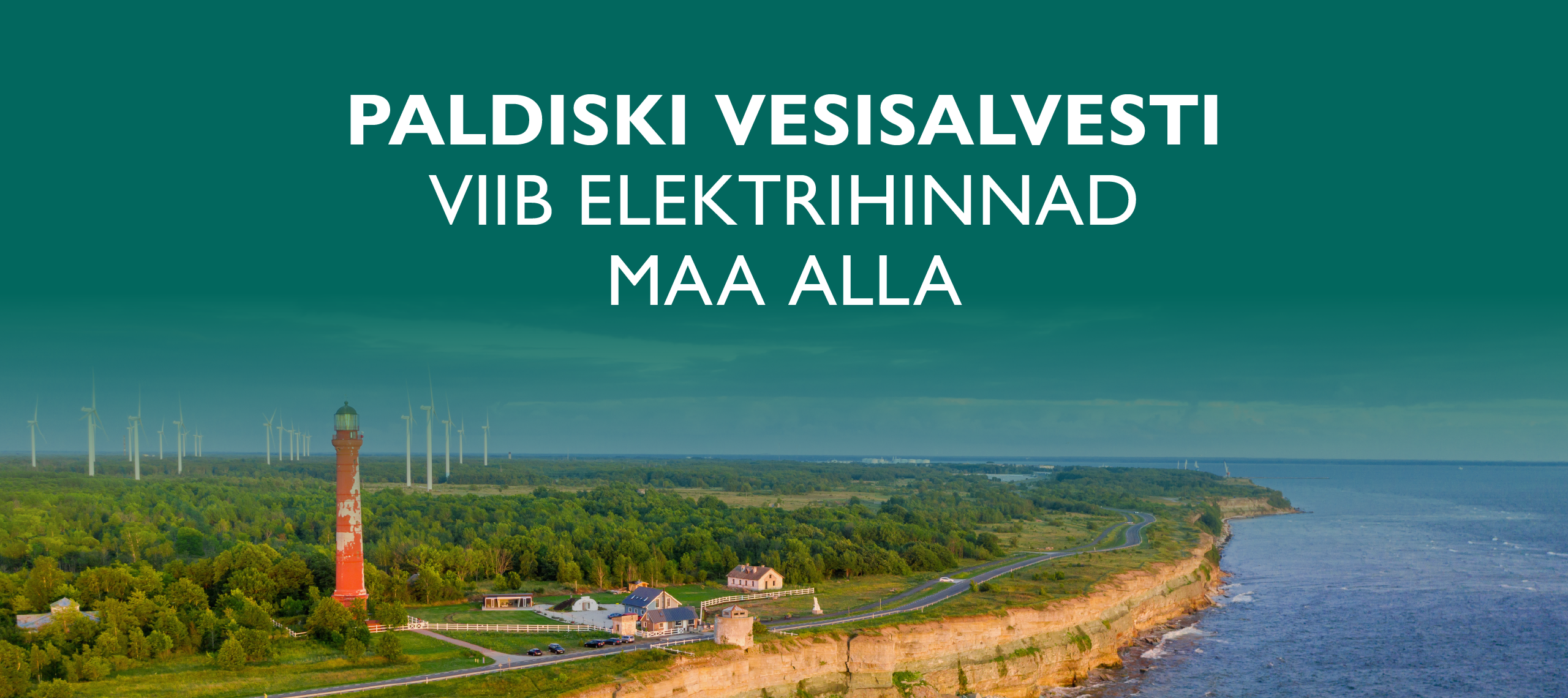Without long-duration energy storage, Estonia cannot ensure affordable electricity with high security of supply or meet its renewable energy targets. To enable this €1 billion project—one of the largest foreign investments in Estonia—state-backed loan guarantees are needed, just like in every other country. The maximum potential risk of a state guarantee is more than 10 times smaller than the direct societal benefits of the Paldiski pumped hydro storage project.
The Paldiski pumped hydro storage plant, to be built on the Pakri Peninsula, is Estonia’s largest construction-ready private sector investment. Over its lifetime, it is expected to bring approximately €13 billion into the Estonian economy. According to a socio-economic analysis by the international audit firm KPMG, the project will save consumers €131 million annually in electricity costs, increase tax revenues by about €80 million per year, and add an average of €250 million per year in value to the Estonian economy. “If consumers save nearly €130 million annually from electricity prices, a significant portion of that will return to the local economy,” explained Johanna Maria Mägi, Senior Advisor at KPMG Baltics OÜ.
The primary goal of the Paldiski project is to strengthen Estonia’s energy security by ensuring stable and affordable electricity supply. “The Zero Terrain project would reduce electricity imports by 13%, especially at times when electricity is most expensive and scarce across the region. Also, the pumped hydro storage is a prerequisite for planning new nuclear capacities,” said Peep Siitam, founder and board member of Energiasalv.
According to KPMG, even before operations begin, the construction phase alone will add €1.5 billion in value to Estonia’s economy, including €563 million in tax revenue. A greater save for electricity consumers will be added during the operational period, when the plant starts fulfilling its intended purpose.
According to the Estonian Business and Innovation Agency (EIS), Estonia has lost several significant projects that could have had a considerable financial impact, especially regarding foreign investments, due to the country’s inability to present compelling green energy value propositions. The Zero Terrain project aims to tackle this issue. However, due to a conservative approach, KPMG’s economic impact analysis does not consider the past loss of potential projects. If the competitive position of the energy sector improves, the likelihood of attracting additional projects to Estonia will also increase. “If we have projected data from a mediocre past into a mediocre future, we have been conservative, but we have failed to predict the substantial impact of innovation,” stated Villem Vohu, Head of Focus Area for Energy Solutions at EIS.
Affordable electricity with high security of supply is not possible without pumped hydro storage. Without domestic long-term storage capacity, reliance on foreign interconnections, imported gas, and the construction of wind and solar parks is only half the solution—and does not ensure secure and affordable local energy for consumers. Alternatives to long-term energy storage include importing energy or battery technologies, but it’s important to remember that imports have a negative impact on GDP. “Also, batteries and pumped hydro storage are not mutually exclusive. They serve different purposes but are equally essential parts of the electricity system. Both are necessary to ensure affordable, secure electricity and transition to renewable-based electricity production on a large scale. Nevertheless, even a large number of batteries cannot fulfill the grid role of a pumped hydro facility,” added Siitam.
The Paldiski facility, with a single 30-hour operational cycle, will be able to deliver 15 GWh of electricity—more than the average daily consumption of all Estonian households. Its aim is to ensure supply security in the most cost-effective and industry-supportive manner.
